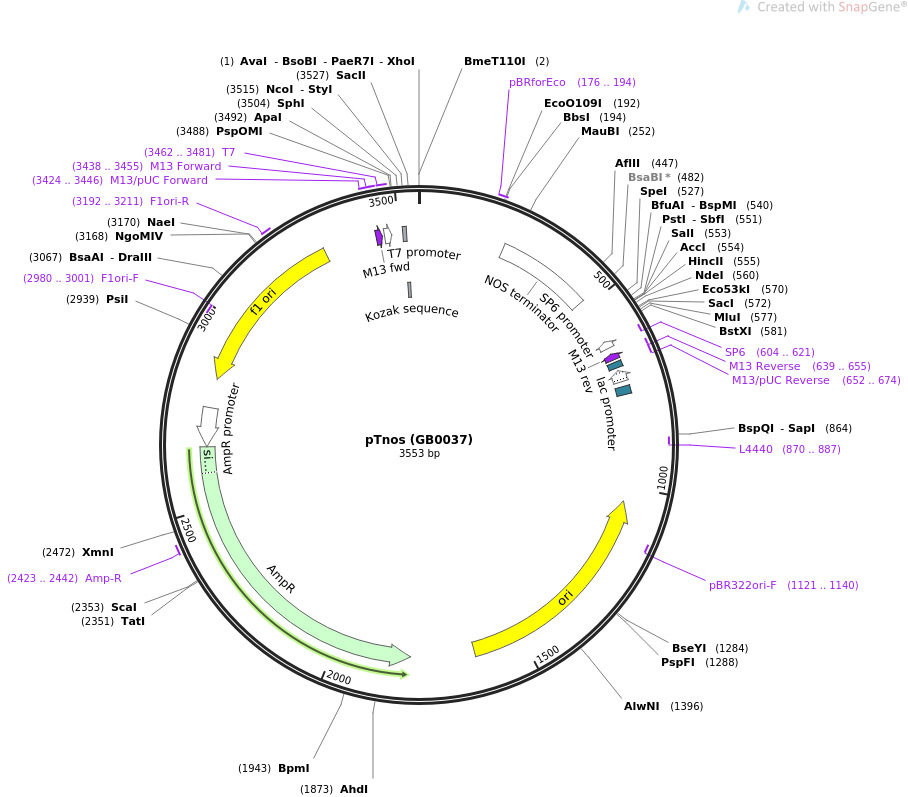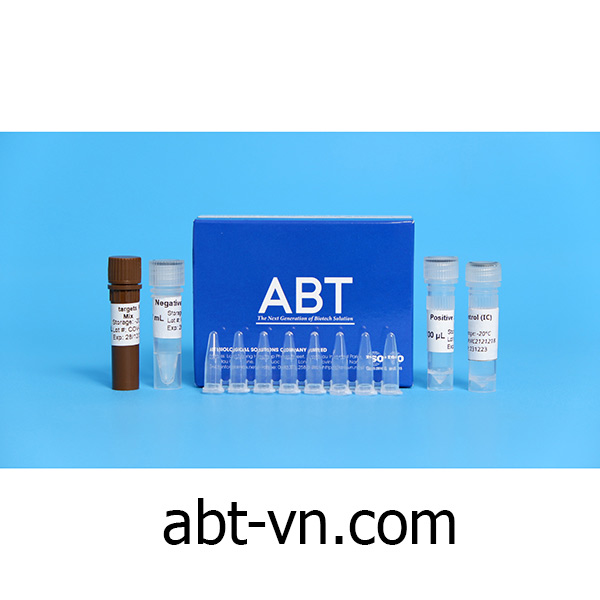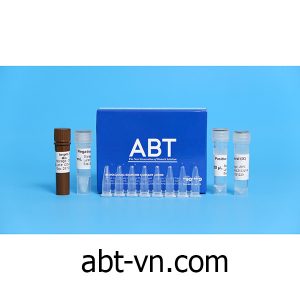TopSPEC® T-NOS Terminator qPCR Kit (SQG-101)
Price: Contact
Introduction
Nopaline synthase terminator (T-NOS) is a transcriptional terminator widely used in gene synthesis. The sequence of NOS terminator belonging to Agrobacterium tumefaciens in soil. This bacterium has the ability to insert DNA into plants. Based on the nature of A.tumefaciens, they are widely applied in transferring artificial genes into plants. After the gene transfer process, T-NOS will be retained and exist in the genome of transgenic plants. Therefore, the detection of this sequence will prove the existence of gene editing in the plant under investigation.
TopSPEC® T-NOS Terminator detection qPCR Kit (SQG-101) is a GMO plant screening test kit that detects transgenic material by the presence of T-NOS terminator, which quickly checks the origin of genetically modified foods using the gene transfer method through Agrobacterium tumefaciens.

Advantage
- Easy to use
- PCR time optimized for 2 hours
- Various types of samples
- High sensitivity and specificity
- Provide additional mastermix for control (75 tests)
- Compatible with most Realtime PCR machines on the market: Rotor Gene Q (Qiagen), 7500, 7500 Fast (Thermo Fisher), AriaMX, Mx 3005p, Bioer, Dlab, etc.
Specification
| Target | T-NOS terminator |
| Sample | DNA after extraction from suspected food samples |
| Volume | 5µL |
| Channel | FAM: for T-NOS terminator
HEX: for internal control |
| Technology | TaqMan probe |
| PCR time | 2 hours |
| Specificity | only detect T-NOS terminator |
| Components | T-NOS qRT-PCR mix, Negative control, Positive control, Internal control (IC), Tube PCR. |
| Storage | 12 months, temperature -20oC |
| User manual | TopSPEC® T-NOS Terminator qPCR Kit (SQG-101) |
Above are detailed information about TopSPEC® T-NOS Terminator qPCR Kit (SQG-101). In addition, we also have other test kits such as: FMV promoter, CaMV 35s promoter, CTP2-CP4EPSPS, etc.
See more products: >>>More products<<<
ABT Equipment Co., Ltd. is always confident and proud of our staff with years of experience in molecular biology, especially test kits related to viral and bacterial diseases in humans, food, aquatic, and veterinary. If you have any questions or need help, please contact:




